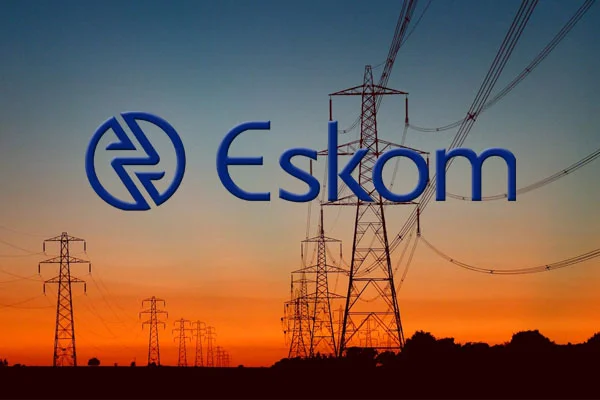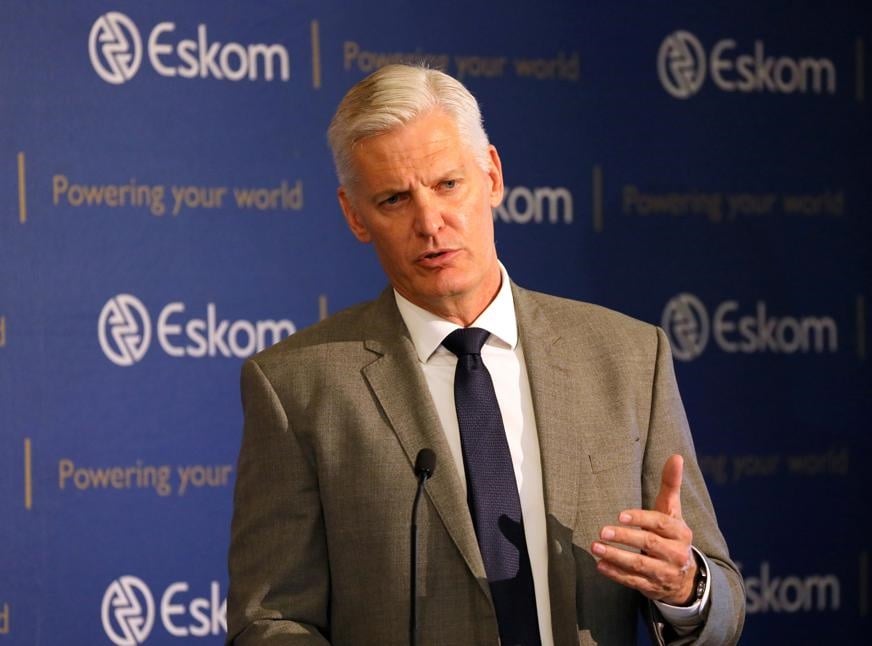
South Africa’s biggest pot of available cash – R1.91 trillion of civil servants’ pensions and the unemployment funds managed by the Public Investment Corporation (PIC) – is emerging as the key to rescuing debt-stricken power utility Eskom.
The money manager has approached the National Treasury, with a proposal to ease the R464 billion load of obligations crushing Eskom, signalling officials are gearing up for the complex financial and political operation to convert about R95 billion of Eskom debt held by the PIC into equity.
“There’s still a need to undertake a due diligence to confirm the viability of this proposal,” the Treasury said in a December 11 response to questions from Bloomberg, its first statement connecting the PIC to an Eskom bailout.
“It is important that the PIC be allowed space to follow its internal governance processes in line with its standard investment evaluation process to mitigate any possible breach of governance or what could be perceived as political interference.”
While international investors are cheering efforts to contrive a durable fix for Eskom, the idea of tapping the pension funds is already drawing warnings over the potential fallout.
The swap, which could put Eskom into technical default, would pit government against its own employees, setting a precedent that could see other flailing state-owned enterprises knocking on the PIC’s door.
This could also rattle a private sector concerned that its money could be next.
Speculation of a PIC role has intensified in recent weeks since President Cyril Ramaphosa said that “innovative ideas” were being discussed and Finance Minister Tito Mboweni said the fund was willing to contribute to a solution for Eskom.
Last week labour, business and government agreed to work jointly to reduce the power utility’s debt in the so-called Eskom social compact.
“The sustainability of Eskom’s debt and the risks it poses to state finances are now arousing the interest of politicians, who are increasingly interested in grasping a solution,” said Peter Attard Montalto, head of capital markets research at Intellidex.
Eskom’s debt needs to be solved.
The scope of the task has increased since 2017 when Goldman Sachs described the power utility as the biggest threat to the economy, which is just exiting its longest recession in 28 years.
Eskom’s inability to provide reliable power since 2008, when blackouts began, has crimped output and disrupted everything from aluminium smelters to household kitchens.
‘MATERIALLY CHEAP’
The deterioration was worsened by years of looting under Ramaphosa’s predecessor, Jacob Zuma, leading to the bailout last year that totalled R128 billion over three years. But that’s merely keeping the wolf from the door and the search for a long-term solution is under way for the “too big to fail operation”.
Plans to rescue Eskom, which has said it can’t afford to service more than R200 billion of debt, have included dipping into the surpluses of state-run unemployment and compensation funds and converting some of its mostly government-guaranteed debt into sovereign bonds.
Credit analysts have been talking up Eskom as a top pick for next year, citing government’s efforts, says Lutz Röhmeyer, the chief financial officer at Capitulum Asset Management in Berlin, Germany, who holds Eskom dollar bonds and isn’t adding any more.
“Investors are very bullish on the name [Eskom] and expect the sovereign to solve the problem,” he said.
JPMorgan Chase & Co this week called Eskom bonds “materially cheap” compared with sovereign debt.
The PIC is recovering from a government inquiry last year into how political meddling influenced decision-making.
The investigation led to the departure of several senior executives following disclosures that included bailing out one of the country’s biggest retailers ahead of a national election against the advice of its investment professionals.
While labour federation Cosatu, a key ally of the governing ANC, has backed using the PIC funds to help Eskom, other labour groups, including the 235 000-member Public Servants Association and business leaders have opposed it.
Eskom’s own employee pension fund has signalled resistance to the idea.
It doesn’t want to change the “risk-return characteristics” of its R2 billion investment in the company’s debt or add to the holding, said chief investment officer Ndabezinhle Mkhize.
MAJOR PITFALLS
All the options being considered have their pitfalls. A debt-to-equity swap may have to be offered to all creditors and could be classified by ratings firms as a default.
Converting Eskom debt into sovereign bonds could flood the market and unnerve holders of South Africa’s R2.62 trillion of junk-rated government bonds.
“We could lower the rating by one or more notches if the utility undertakes a debt restructuring, which, in our view, could be tantamount to a default,” rating agency S&P Global said last month.
Eskom CEO André de Ruyter has been credited with improving operations since taking over in January but has said the debt question is in the hands of government.
De Ruyter has spoken of using green finance to help reduce coal use and cut its debt. He didn’t give specifics.
Ultimately, unpalatable as it might be, government may find it just has to meet the power utility’s obligations by paying off its debt as it falls due.
“Everybody knows Eskom needs to do something about its debt, no one knows what that looks like,” said Olga Constantatos, head of credit at Futuregrowth Asset Management, which has R194 billion under management, including Eskom debt. It’s in a utility death spiral as well as a debt spiral.”
| ||||||||||||||||||||||||||


